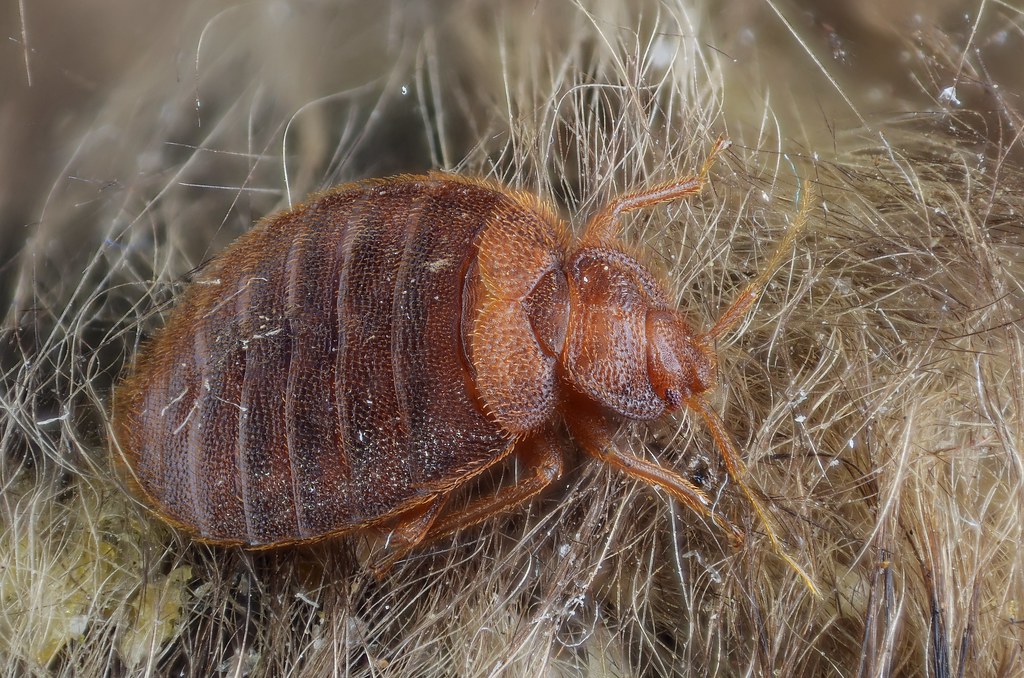That tiny red speck crawling across your pillow at 2 AM doesn’t automatically mean you’re dealing with a bed bug invasion. While bed bugs certainly deserve their notorious reputation, the world of small red insects is surprisingly vast and diverse. Many harmless creatures share similar coloring and size, leading to countless misidentifications and unnecessary panic. Understanding the difference between these various species can save you from expensive extermination treatments, sleepless nights, and the overwhelming stress that comes with thinking your home is infested. The key lies in knowing what to look for and understanding that nature has painted many of its smallest creatures in shades of red and crimson for reasons far beyond our bedroom anxieties.
The Panic-Inducing World of Tiny Red Crawlers
When most people spot a small red bug in their living space, their minds immediately jump to the worst-case scenario. This reaction is completely understandable given the media attention and horror stories surrounding bed bug infestations. However, this knee-jerk response often leads to misidentification and unnecessary worry about creatures that pose no threat whatsoever.
The reality is that dozens of tiny red insects commonly find their way into our homes throughout the year. Some are beneficial predators that actually help control pest populations, while others are simply looking for shelter or have wandered in by accident. Many of these creatures are completely harmless to humans and our belongings, making their presence more of a curiosity than a crisis.
True Bed Bugs: The Real Culprits Unveiled

Before diving into the imposters, it’s crucial to understand what actual bed bugs look like and how they behave. Adult bed bugs are typically brown or mahogany-colored rather than bright red, though they can appear reddish after feeding on blood. They measure about the size of an apple seed and have a distinctly oval, flattened body shape that allows them to squeeze into incredibly tight spaces.
Bed bugs are exclusively nocturnal feeders that require human or animal blood to survive and reproduce. They tend to hide in mattress seams, box springs, and furniture cracks during daylight hours. Their bites typically appear in clusters or lines on exposed skin, often accompanied by itching and inflammation that can last for days.
The most telling sign of a true bed bug infestation isn’t necessarily seeing the bugs themselves, but rather discovering the dark stains they leave behind on sheets and mattresses. These stains result from crushed bugs or their excrement, creating unmistakable evidence of their presence.
Clover Mites: The Harmless Red Invaders
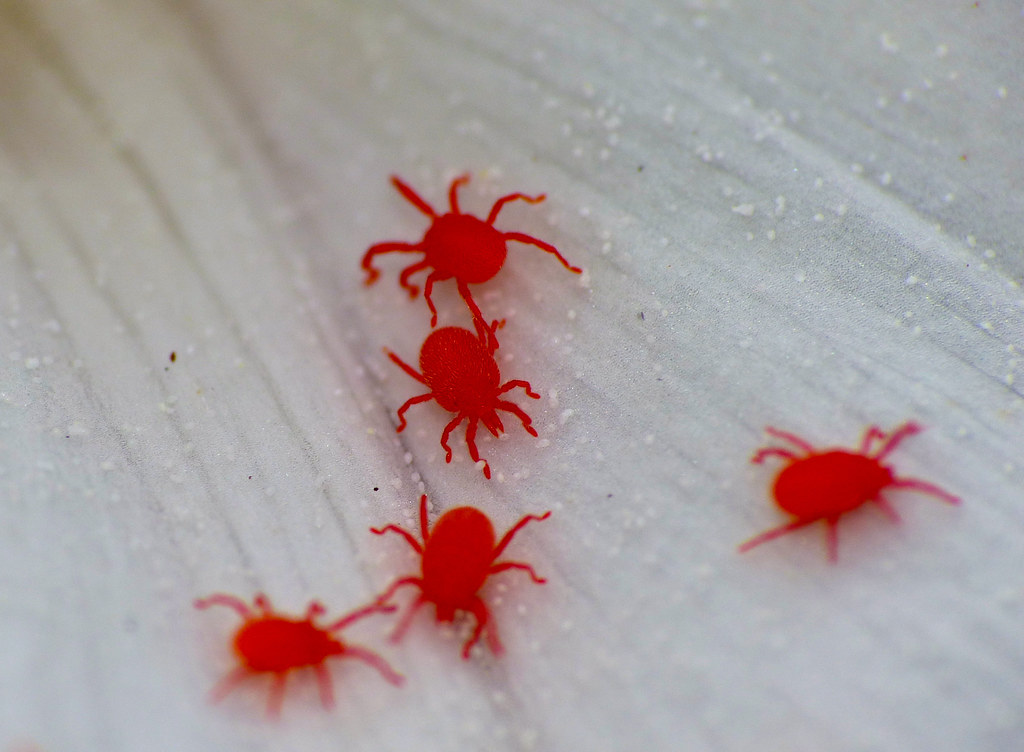
Clover mites represent one of the most commonly misidentified insects when it comes to bed bug confusion. These microscopic creatures are actually bright red or reddish-brown and measure less than one millimeter in length. They typically invade homes during spring and fall when outdoor conditions become unfavorable for their survival.
Unlike bed bugs, clover mites feed exclusively on plant matter, particularly grass and clover, making them completely harmless to humans. They don’t bite, sting, or cause any structural damage to homes. However, they can become a nuisance when they appear in large numbers, often clustering around windows and sunny areas of the house.
The easiest way to distinguish clover mites from bed bugs is their size and behavior. Clover mites are much smaller and move more quickly than bed bugs, and they leave behind a red stain when crushed due to their plant-based diet. They also tend to avoid bedrooms and sleeping areas, preferring sunny spots near windows and doors.
Spider Mites: The Plant-Loving Red Specks
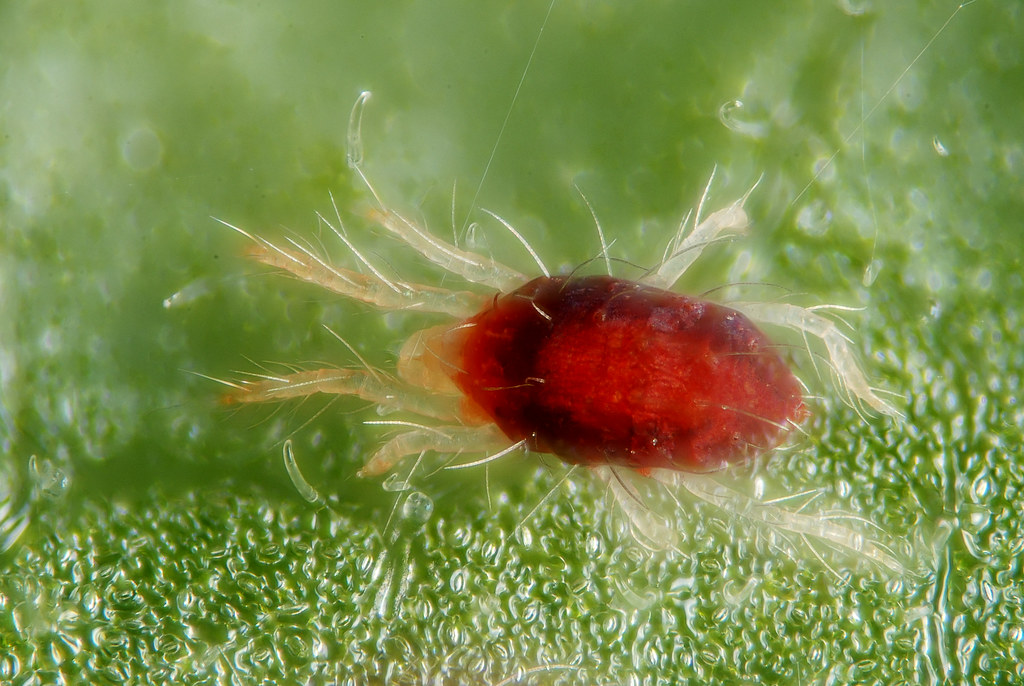
Spider mites are another frequently misidentified group of tiny red creatures that occasionally make their way indoors. These minuscule arachnids are actually more closely related to spiders than true insects, though their red coloration and small size often cause confusion with bed bugs. They typically measure less than half a millimeter and appear as moving red dots to the naked eye.
These creatures primarily feed on plant sap and are most commonly found on houseplants or in areas with high humidity. Spider mites create fine webbing on plants, which serves as a clear indicator of their presence. They reproduce rapidly under warm, dry conditions and can quickly damage indoor plants if left unchecked.
Spider mites pose no threat to humans and cannot bite or feed on blood. They’re strictly plant feeders and will generally die within a few days if separated from their plant hosts. Their presence in homes is usually temporary and related to infested plants rather than a true invasion.
Chiggers: The Outdoor Red Menace

Chiggers represent one of the few red-colored small insects that can actually cause problems for humans, though they’re rarely found inside homes. These tiny larvae of harvest mites are bright red or orange and measure approximately 0.4 millimeters in length. They’re primarily outdoor creatures that attach to humans and animals when they brush against infested vegetation.
Unlike bed bugs, chiggers don’t actually bite or feed on blood. Instead, they inject digestive enzymes that break down skin cells, which they then consume. This feeding process causes intense itching and red welts that can last for several days. Chiggers typically fall off their host within a few hours after feeding begins.
The key difference between chigger and bed bug encounters lies in the location and timing of the irritation. Chigger bites usually occur on areas where clothing fits tightly against the skin, such as waistbands, sock lines, and undergarments. These bites also typically happen after spending time outdoors in grassy or wooded areas.
Red Flour Beetles: The Pantry Infiltrators
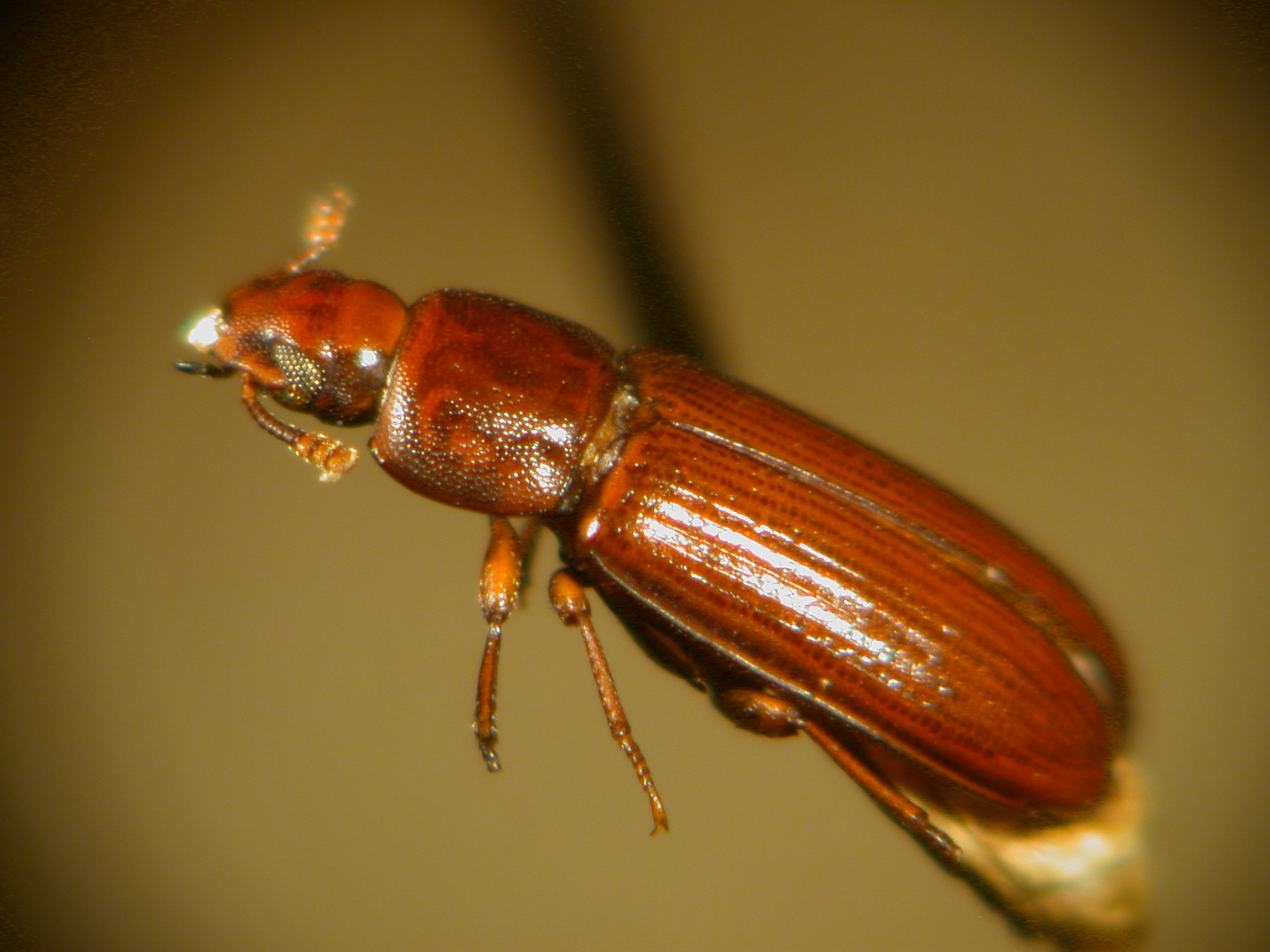
Red flour beetles are small, reddish-brown insects that commonly infest stored food products, particularly flour, cereal, and other grain-based items. These beetles measure about 3-4 millimeters in length and have a distinctive elongated body shape that differs significantly from the oval form of bed bugs. They’re often discovered when homeowners are cleaning out pantries or investigating mysterious red specks in food containers.
These beetles are completely harmless to humans and don’t bite or feed on blood. They’re strictly pantry pests that can contaminate food supplies but pose no health risks beyond potential food spoilage. Red flour beetles are strong fliers and may occasionally be seen moving around kitchen areas, especially near light sources.
The presence of red flour beetles in homes is usually related to infested food products rather than a structural pest problem. Eliminating these beetles typically involves discarding contaminated food items and thoroughly cleaning storage areas. Unlike bed bugs, they show no interest in bedrooms, furniture, or sleeping areas.
Boxelder Bugs: The Seasonal Red Visitors
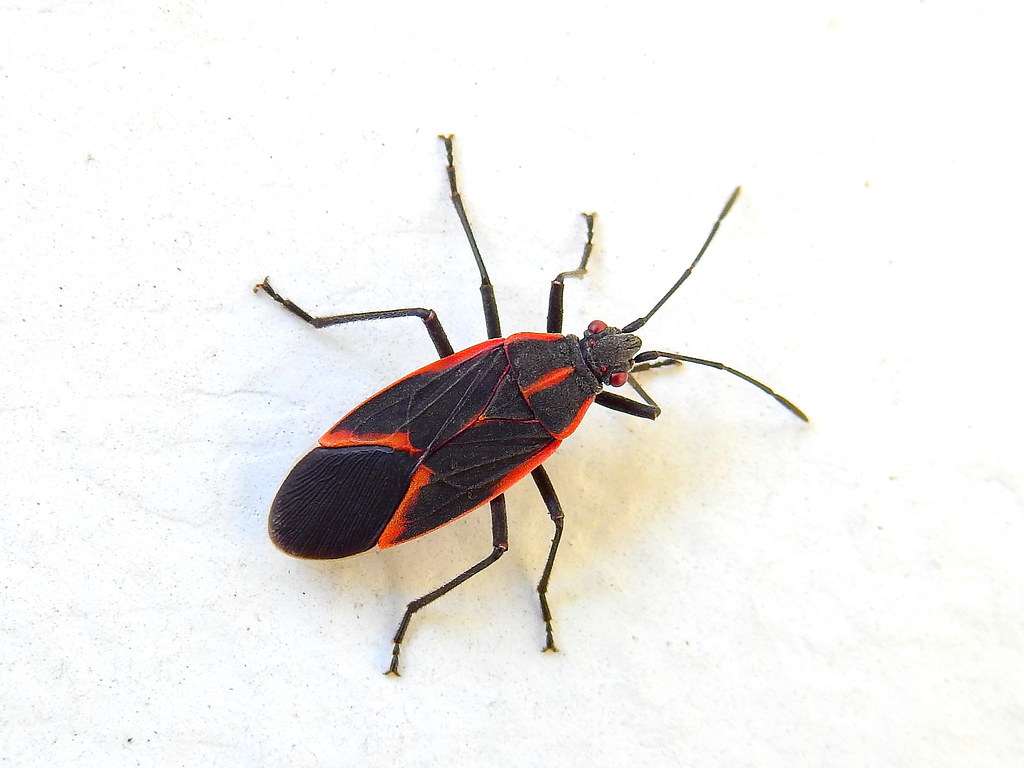
Boxelder bugs are larger red and black insects that occasionally cause confusion with bed bugs, particularly among people who only catch glimpses of them moving quickly. These bugs measure about 12-14 millimeters in length and have distinctive red markings on their black bodies. They’re most commonly encountered during fall months when they seek shelter in homes for winter hibernation.
These insects feed exclusively on boxelder tree seeds and occasionally maple seeds, making them completely harmless to humans and household items. They don’t bite, sting, or cause any structural damage to homes. However, they can become a nuisance when they congregate in large numbers around windows and warm areas of houses.
Boxelder bugs are significantly larger than bed bugs and have a completely different body shape and coloration pattern. They’re also active during daylight hours and tend to cluster around windows rather than hiding in dark crevices. Their presence is typically seasonal and temporary, unlike the year-round activity of bed bugs.
Carpet Beetles: The Fabric-Munching Red Variants
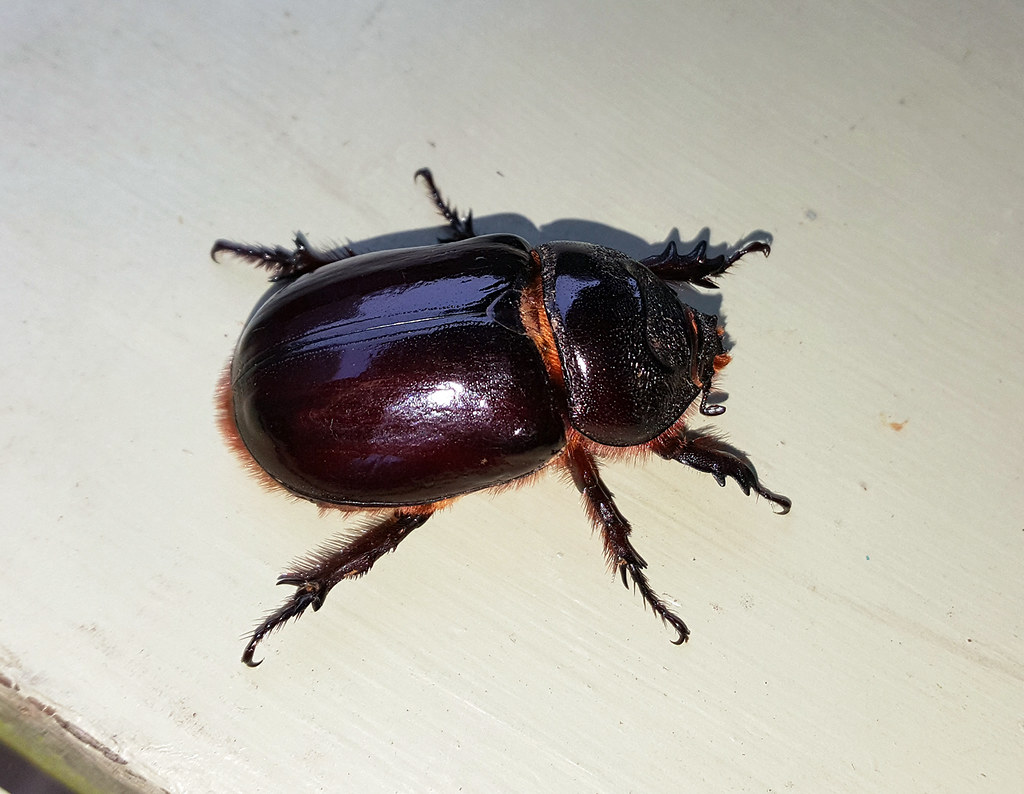
Certain species of carpet beetles exhibit reddish coloration that can lead to confusion with bed bugs, particularly the varied carpet beetle in its larval stage. These small oval insects measure 2-3 millimeters in length and can appear reddish-brown or rust-colored depending on their age and diet. They’re commonly found in areas with natural fibers, particularly carpets, clothing, and upholstery.
Carpet beetles feed on natural fibers such as wool, silk, and cotton, as well as dead insects and organic debris. They don’t bite humans or feed on blood, though some people may experience allergic reactions to their shed hairs and skin. The damage they cause is limited to fabric and stored organic materials rather than human health concerns.
The key distinction between carpet beetles and bed bugs lies in their feeding habits and preferred locations. Carpet beetles are typically found in closets, storage areas, and around natural fiber materials, while bed bugs concentrate around sleeping areas and furniture where humans spend extended periods.
Red Aphids: The Plant-Sucking Impostors

Red aphids are small, soft-bodied insects that occasionally make their way indoors on plants or through open windows. These creatures measure 1-3 millimeters in length and can range from bright red to reddish-brown in color. They’re primarily plant feeders that use their piercing mouthparts to extract sap from stems and leaves.
Unlike bed bugs, red aphids move very slowly and tend to cluster on plant surfaces rather than hiding in crevices. They reproduce rapidly and can quickly overwhelm houseplants if left unchecked. However, they pose no threat to humans and cannot bite or feed on blood.
Red aphids are easily distinguished from bed bugs by their behavior and habitat preferences. They’re typically found on or around plants and move in a sluggish manner compared to the quick, scurrying movements of bed bugs. Their presence indoors is usually temporary and related to infested plants rather than a structural pest issue.
Identifying Key Physical Differences
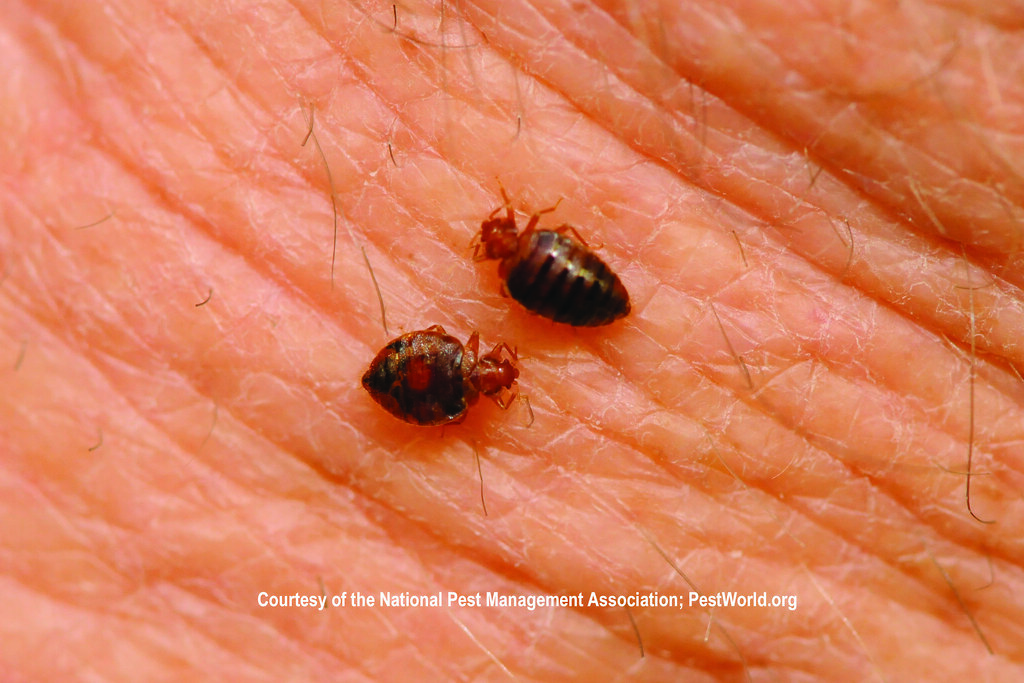
Understanding the subtle physical differences between bed bugs and their red-colored lookalikes requires attention to specific details that might not be immediately obvious. True bed bugs have a distinctly flattened, oval body shape that’s wider at the front than the back, while many red imposters have different proportions or body shapes entirely. The antennae of bed bugs are also relatively short and club-shaped, unlike the longer, more prominent antennae of many other small red insects.
Size comparison can be tricky since many people overestimate or underestimate the dimensions of tiny insects. A useful reference point is that adult bed bugs are roughly the size of a pencil eraser when fully grown, while many red lookalikes are either significantly smaller or larger than this measurement. The texture of their bodies also differs, with bed bugs having a leather-like appearance while many red insects appear more translucent or glossy.
Color variations provide another crucial identification factor, as bed bugs are rarely bright red unless they’ve recently fed on blood. Most bed bugs appear brown, mahogany, or rust-colored, while many harmless red insects maintain their bright coloration regardless of their feeding status. The pattern of movement also differs significantly, with bed bugs displaying a characteristic stop-and-go crawling pattern rather than the continuous movement of many other small insects.
Behavioral Clues That Reveal True Identity
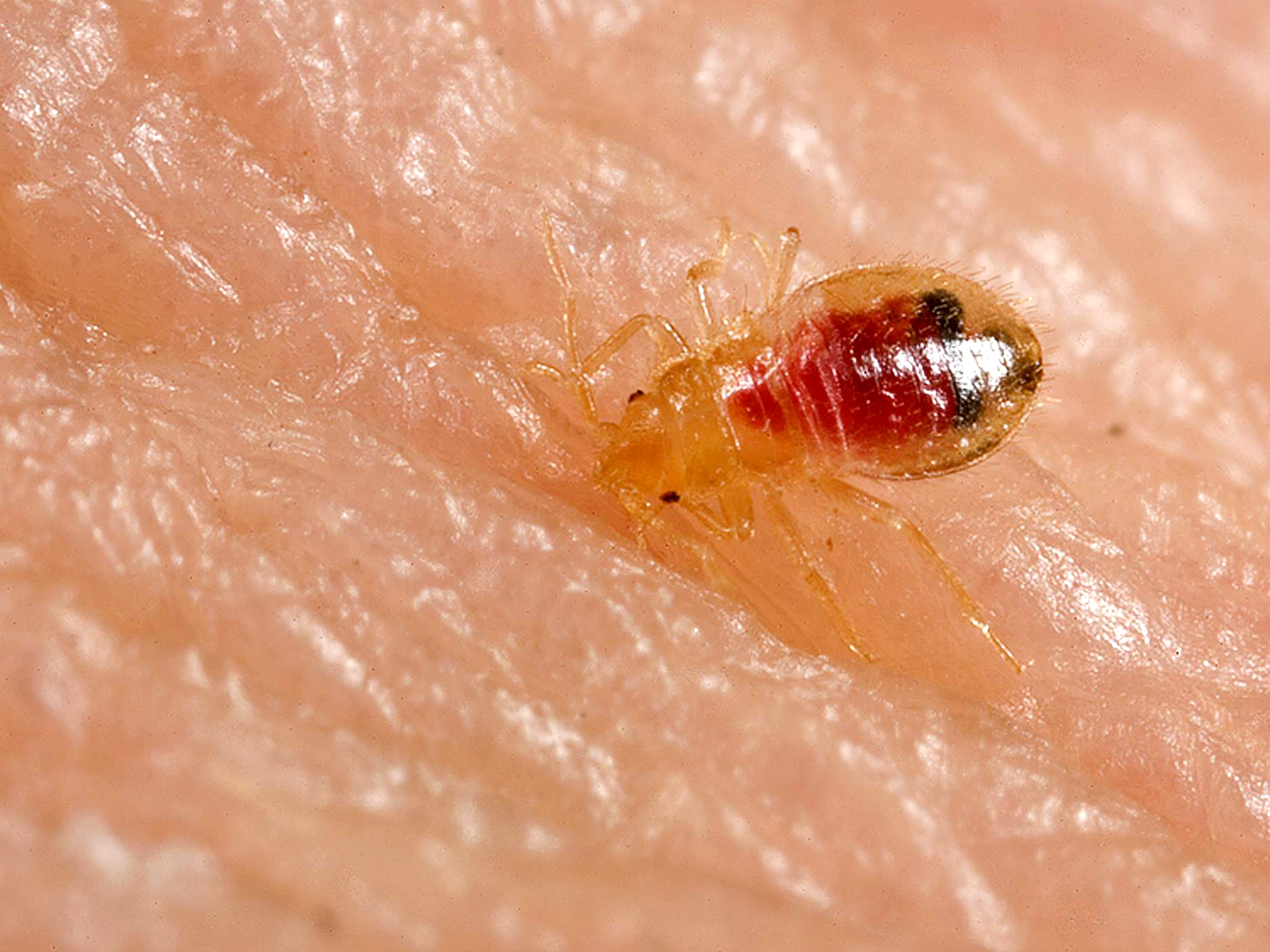
The behavior patterns of various small red insects provide some of the most reliable identification clues available to homeowners. Bed bugs are strictly nocturnal creatures that avoid light and human activity, typically emerging only during the darkest hours of the night to feed. In contrast, many red lookalikes are active during daylight hours and may actually be attracted to light sources or sunny areas of homes.
Feeding behavior represents another crucial distinction, as bed bugs require blood meals to survive and reproduce, leading them to seek out sleeping humans and animals. Most red imposters have completely different dietary requirements, feeding on plants, organic debris, or other insects rather than blood. This difference in diet directly influences where these creatures are likely to be found within homes.
The response to disturbance also varies significantly between bed bugs and their lookalikes. Bed bugs typically freeze when exposed to light or movement, then quickly scurry to the nearest hiding place. Many red imposters either move continuously regardless of disturbance or have completely different escape behaviors, such as flying away or dropping to the ground.
Habitat Preferences and Location Clues
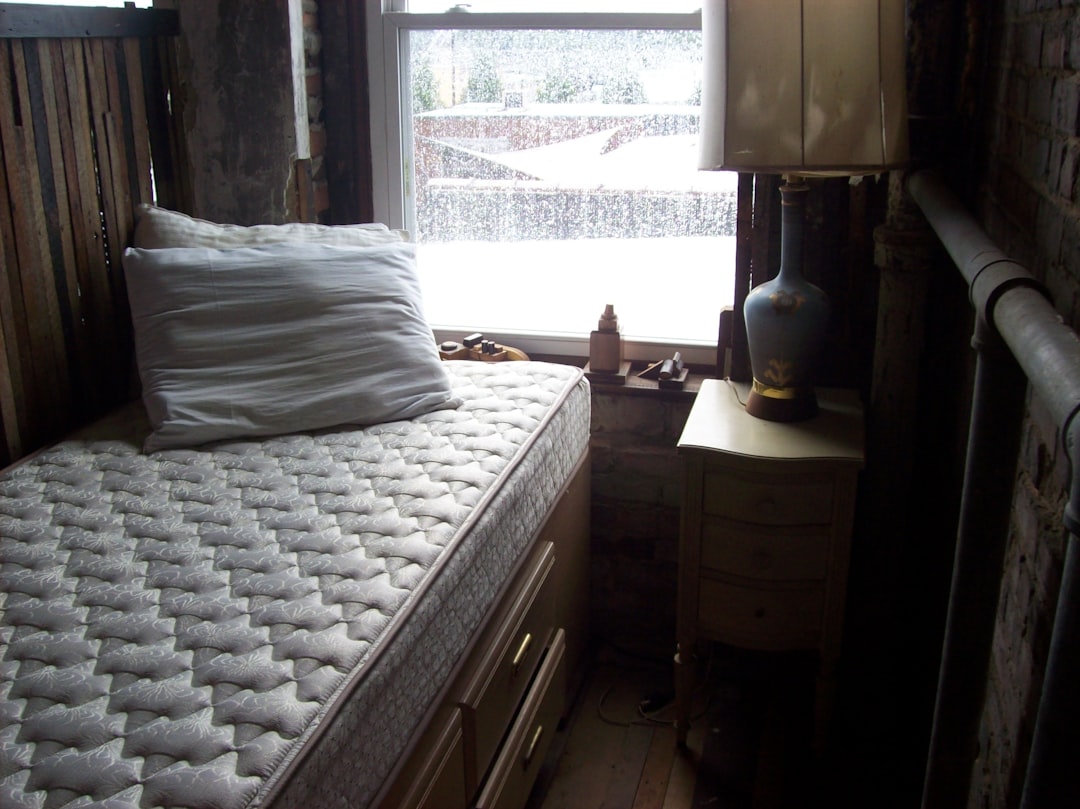
Understanding where different red insects prefer to live and hide can provide valuable identification assistance for concerned homeowners. Bed bugs show a strong preference for areas associated with human sleep and rest, including mattresses, box springs, bed frames, and nearby furniture. They rarely venture far from these locations unless population pressure forces them to expand their territory.
Many red lookalikes have completely different habitat preferences that reflect their unique dietary and lifestyle requirements. Plant-feeding insects like aphids and spider mites gravitate toward areas with houseplants or high humidity, while pantry pests like red flour beetles concentrate around food storage areas. Outdoor species that occasionally wander indoors, such as clover mites and chiggers, typically remain near entry points like windows and doors.
The seasonal timing of discoveries can also provide valuable clues about insect identity. Bed bugs maintain consistent activity levels throughout the year, while many red imposters show distinct seasonal patterns tied to outdoor weather conditions, plant growth cycles, or food availability. Spring and fall invasions of small red insects are more likely to represent temporary outdoor species rather than established bed bug populations.
When to Seek Professional Help
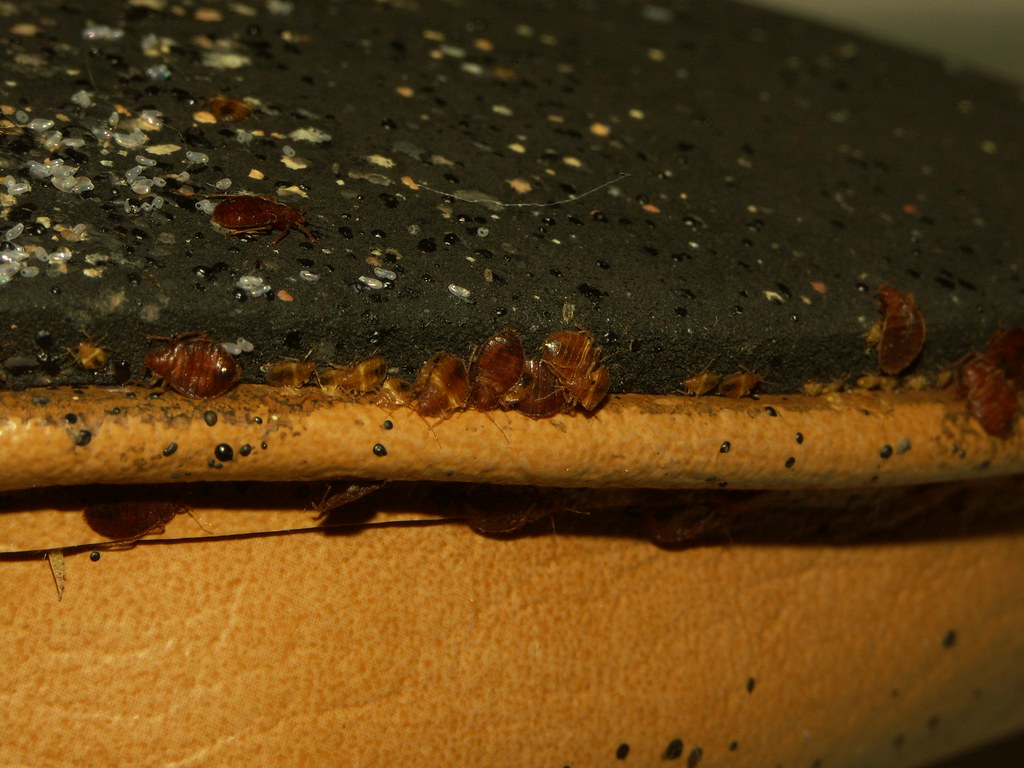
Knowing when to contact pest control professionals can save homeowners both time and money while ensuring accurate identification and appropriate treatment. If red insects are consistently found in sleeping areas, particularly around mattresses and bed frames, professional inspection becomes essential regardless of the specific species involved. The potential health and financial consequences of misidentified bed bugs make expert evaluation worthwhile.
Signs that warrant immediate professional attention include discovering insects that appear to be feeding on blood, finding dark stains on bedding or furniture, or experiencing unexplained bite marks that appear in clusters or lines. Additionally, if red insects continue to appear despite cleaning efforts and elimination of obvious food sources, professional identification can determine whether the situation requires treatment or will resolve naturally.
The complexity of accurate insect identification, combined with the serious implications of bed bug infestations, makes professional consultation a wise investment for persistent problems. Pest control experts have specialized training, magnification equipment, and experience with various species that enable them to make definitive identifications and recommend appropriate actions.
Prevention Strategies for Future Invasions
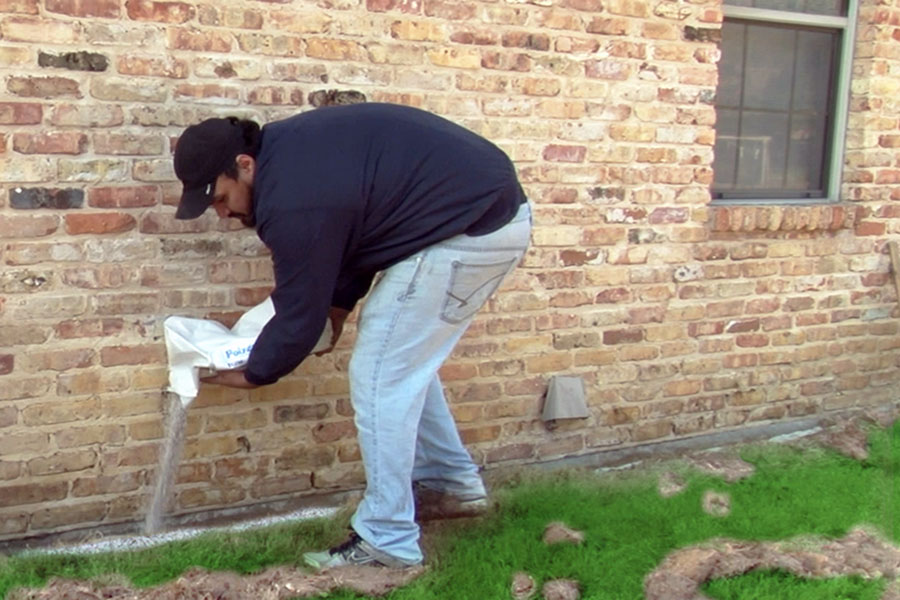
Implementing effective prevention strategies can significantly reduce the likelihood of encountering various small red insects in homes, regardless of their specific identity. Regular cleaning and vacuuming eliminate food sources and hiding places that attract many different species, while also removing eggs and young insects before they can establish populations. Sealing cracks and gaps around windows, doors, and other entry points helps prevent outdoor species from accidentally wandering indoors.
Proper food storage practices prove particularly important for preventing pantry pests like red flour beetles, while regular inspection and care of houseplants can prevent issues with plant-feeding insects. Maintaining appropriate humidity levels and ventilation also discourages many species that thrive in specific environmental conditions.
Creating an environment that’s less attractive to insects involves eliminating clutter that provides hiding places, fixing moisture problems that attract certain species, and maintaining clean surroundings that don’t support pest populations. These general prevention strategies prove effective against multiple types of small red insects while also improving overall home hygiene and comfort.
Conclusion
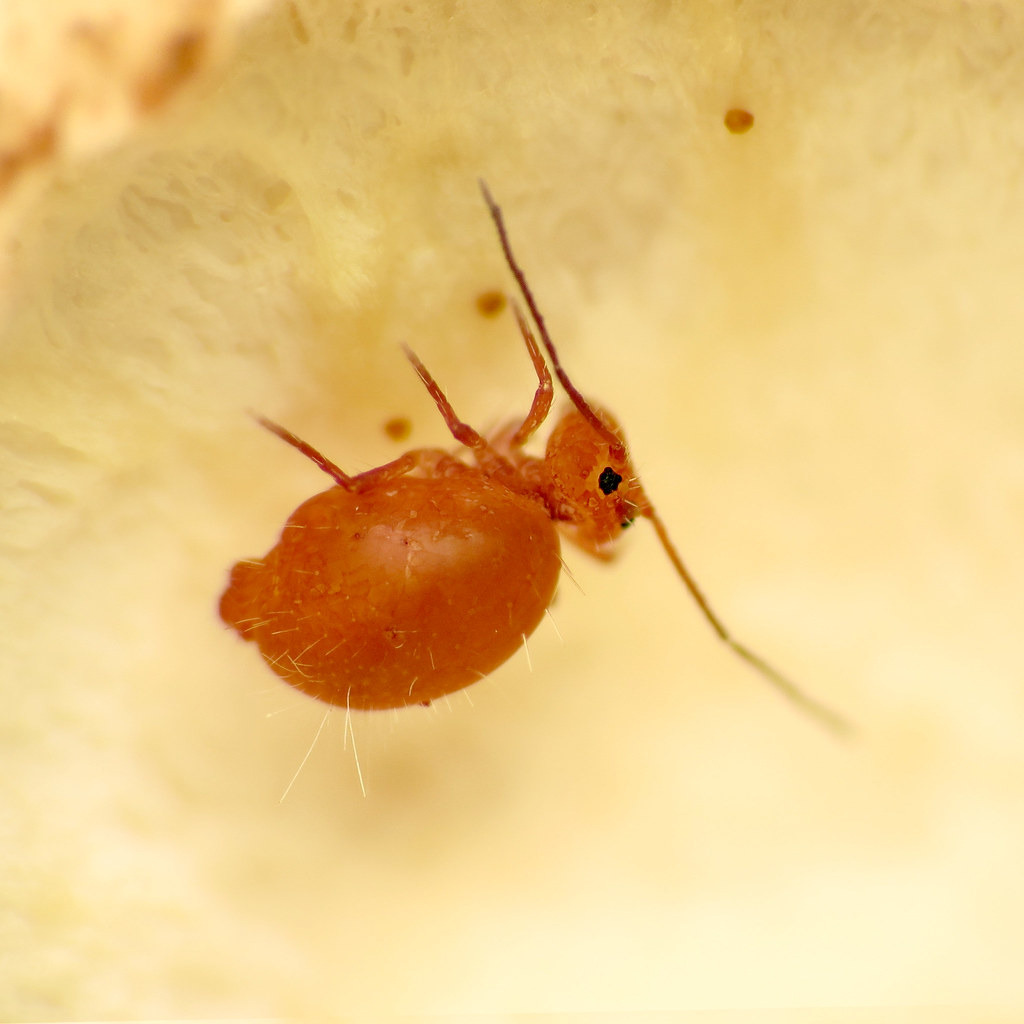
The world of tiny red insects extends far beyond the infamous bed bug, encompassing dozens of harmless species that occasionally find their way into our homes. Understanding these differences can prevent unnecessary panic, expensive treatments, and sleepless nights spent worrying about imaginary infestations. From plant-feeding clover mites to pantry-dwelling flour beetles, each species has distinct characteristics, behaviors, and habitat preferences that make accurate identification possible with careful observation.
The key to successful insect identification lies in looking beyond color alone and considering factors such as size, behavior, location, and timing of discovery. While bed bugs certainly deserve their reputation as problematic pests, the vast majority of small red insects encountered in homes pose no threat to human health or property. By learning to distinguish between genuine threats and harmless visitors, homeowners can respond appropriately to each situation and maintain peace of mind in their living spaces.
What other tiny mysteries might be crawling around your home that you’ve never thought to investigate?

